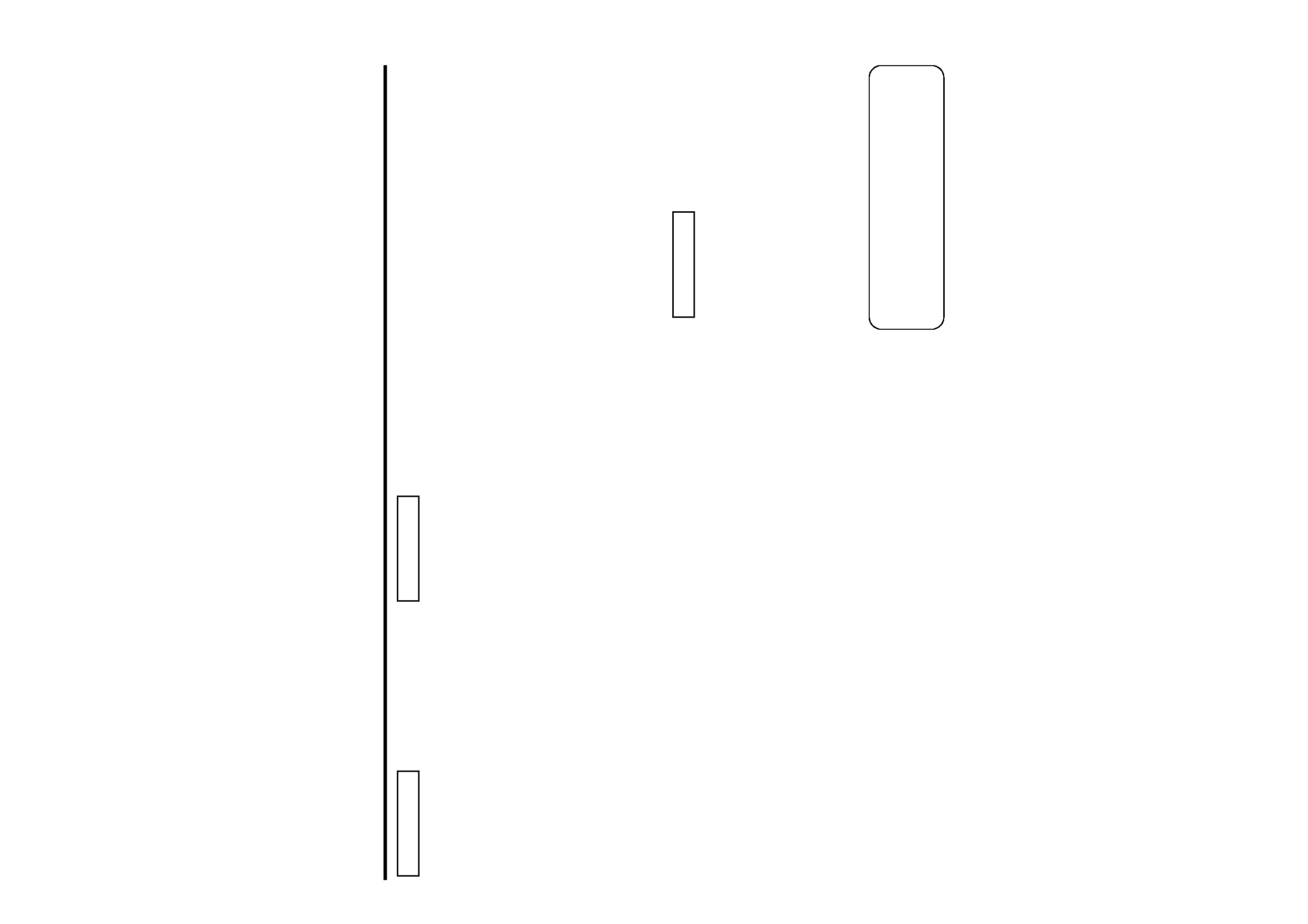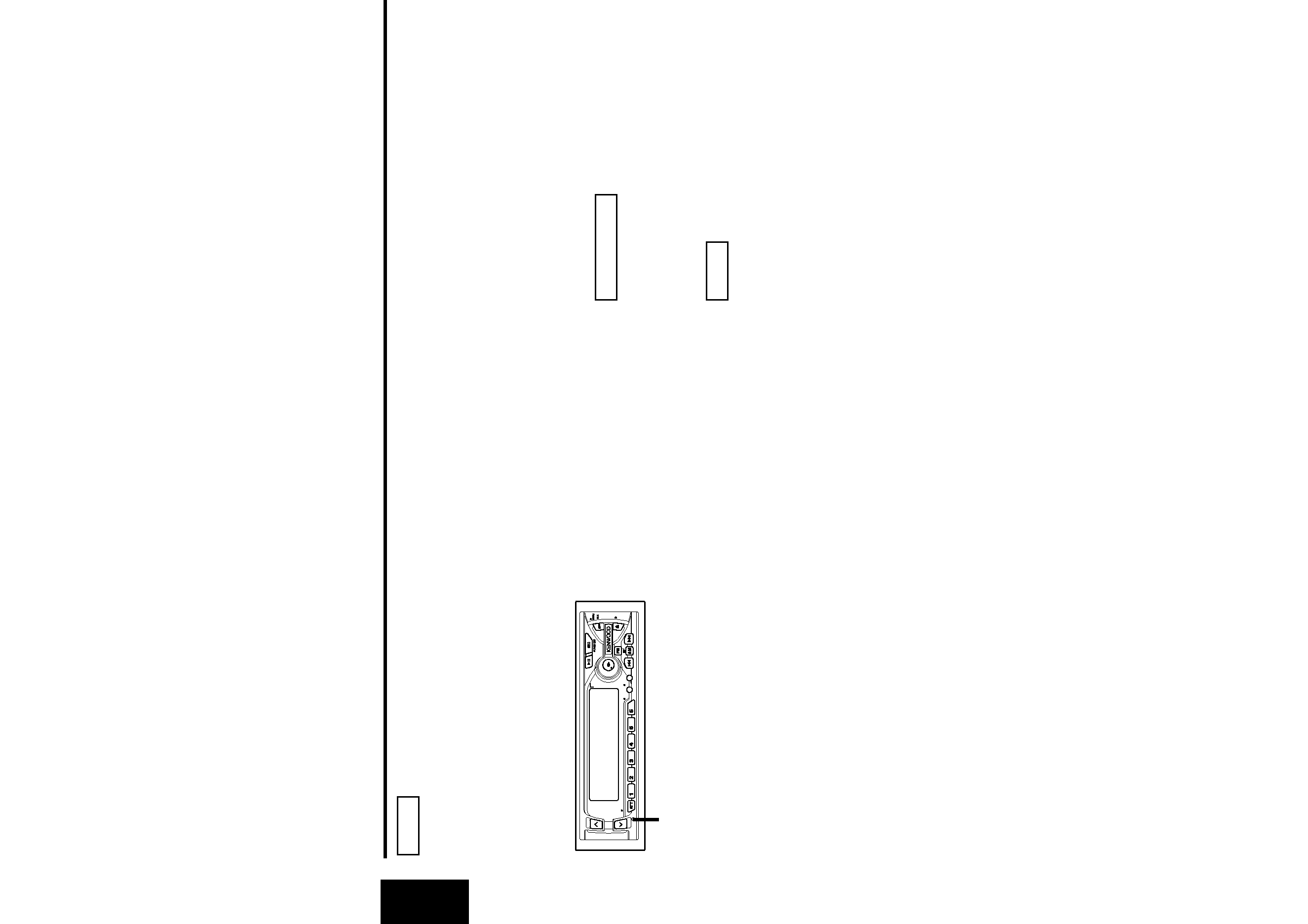
KRC-V879R
KRC-779R
B64-1917-00 (EN)
CASSETTE RECEIVER
INSTRUCTION MANUAL

-- 2 --
English
Contents
Safety precautions .............................3
General features
Power ...................................................................6
Switching Modes..................................................6
Volume..................................................................7
Attenuator.............................................................7
Loudness ..............................................................8
System Q..............................................................8
Speaker Setting ....................................................8
TEL Mute..............................................................8
Faceplate Angle Adjustment ................................9
Forced Closing......................................................9
Removing the Faceplate.....................................10
Clock display.......................................................10
Audio control features
Audio Control Setting .........................................11
Bass Centre Frequency ......................................12
Bass Level ..........................................................12
Bass Quality Factor ............................................12
Bass Extend........................................................12
Middle Centre Frequency ...................................12
Middle Level .......................................................12
Middle Quality Factor .........................................12
Treble Centre Frequency ....................................12
Treble Level ........................................................13
Balance Level .....................................................13
Fader Level .........................................................13
Volume Offset ....................................................13
Tuner features
Tuning .................................................................14
Direct Access Tuning .........................................14
Station Preset Memory ......................................14
Switching Display for Tuner................................15
RDS features
RDS (Radio Data System)...................................16
Enhanced Other Network...................................16
Alarm ..................................................................16
Traffic Information Function................................16
Presetting Volume for Traffic
Information/News ...............................................17
Radio Text Scroll .................................................17
Programme Type (PTY) Function ........................18
Changing Language for Programme Type(PTY)
Function ..............................................................19
Cassette player features
Playing Cassette Tapes.......................................20
Fast Forwarding and Rewinding
Cassette Tapes ...................................................20
Using Dolby B Noise Reduction .........................20
Switching Tape Types .........................................20
Using DPSS (Direct Programme
Search System) .................................................21
Using DPSS with Remote Control .....................21
Blank Skip ...........................................................22
Music Repeat .....................................................22
Switching Display for Cassette Tapes ................22
External disc control features
Playing Disc mode ..............................................23
Switching Display for Discs................................24
Fast Forwarding and Reversing Disc Play ..........24
Track Search .......................................................24
Disc Search.........................................................25
Direct Track Search.............................................25
Direct Disc Search ..............................................25
Track / Disc Repeat.............................................26
Track Scan ..........................................................26
Random Play.......................................................26
Magazine Random Play ......................................26
Text / Title Scroll .................................................27
Presetting Disc Names (DNPS) ..........................28
Disc Name Preset Play (DNPP) ..........................29
Menu settings
Menu System .....................................................30
Mask Key............................................................31
Touch Sensor Tone .............................................31
Manual Time Adjustment ...................................32
Automatic Time Adjustment...............................32
Selectable Illumination........................................32
Switching Graphic Display ..................................32
Variable Illumination Colour Setting....................33
Contrast Adjustment ..........................................33
Dimmer...............................................................33
Time setting for removing the faceplate ............34
System Q............................................................34
External Amp Control .........................................34
News Bulletin Function with
PTY News Timeout Setting ................................34
Local Seek Function ..........................................35
Selecting Tuning Mode.......................................35
Auto Memory Entry ..........................................35
AF (Alternative Frequency) Function ..................35
Restricting RDS Region (Region Restrict
Function) .............................................................36
Auto TP Seek Function.......................................36
Monaural Reception ..........................................36
Text Scroll ...........................................................36
Power OFF Timer ...............................................36
Basic Operations of remote control.....37
Installtion
Accessories ........................................................40
Installation Procedure .........................................40
Connecting Cables to Terminals .........................41
Installtion ............................................................42
Removing the Unit .............................................43
Locking the faceplate to the unit........................44
Troubleshooting Guide .....................45
Specifications ..................................49

-- 3 --
To prevent injury and/or fire, take the
following precautions:
· Insert the unit all the way until it is fully
locked in place. Otherwise it may fly out of
place during collisions and other jolts.
· When extending the ignition, battery or
ground cables, make sure to use automotive-
grade cables or other cables with an area of
0.75mm2 (AWG18) or more to prevent cable
deterioration and damage to the cable
coating.
· To prevent short circuits, never put or leave
any metallic objects (e.g., coins or metal
tools) inside the unit.
· If the unit starts to emit smoke or strange
smells, turn off the power immediately and
consult your Kenwood dealer.
· Make sure not to get your fingers caught
between the faceplate and the unit.
· Be careful not to drop the unit or subject it to
strong shock.
The unit may break or crack because it
contains glass parts.
· Do not touch the liquid crystal fluid if the
LCD is damaged or broken due to shock. The
liquid crystal fluid may be dangerous to your
health or even fatal.
If the liquid crystal fluid from the LCD
contacts your body or clothing, wash it off
with soap immediately.
2WARNING
To prevent damage to the machine,
take the following precautions:
· Make sure to ground the unit to a negative
12V DC power supply.
· Do not open the top or bottom covers of the
unit.
· Do not install the unit in a spot exposed to
direct sunlight or excessive heat or humidity.
Also avoid places with too much dust or the
possibility of water splashing.
· Do not subject the faceplate to excessive
shock, as it is a piece of precision
equipment.
· When replacing a fuse, only use a new one
with the prescribed rating. Using a fuse with
the wrong rating may cause your unit to
malfunction.
· To prevent short circuits when replacing a
fuse, first disconnect the wiring harness.
· Do not place any object between the
faceplate and the unit.
· During installation, do not use any screws
except for the ones provided. The use of
improper screws might result in damage to
the main unit.
· Do not apply excessive force to the moving
faceplate. Doing so will cause damage or
malfunction.
· Do not apply excessive force to the open
faceplate or place objects on it. Doing so will
cause damage or breakdown.
2CAUTION
IMPORTANT INFORMATION
About the disc changer to be
connected:
To connect a disc changer having the "O-N"
switch to this unit, set the "O-N" switch to
"N".
When you connect a model with no "O-N"
switch, the converter cord CA-DS100
available as an option may be required. For
details, consult your Kenwood dealer.
If a model with no "O-N" switch is
connected, some unavailable functions and
information that cannot be displayed are
generated, such as the DNPS, DNPP,
Magazine random play, and CD Text display.
Note that none of the KDC-C100, KDC-C302,
C205, C705, and non-Kenwood CD changers
can be connected.
You can damage both your unit and
the CD changer if you connect them
incorrectly.
2CAUTION
Safety precautions
Manufactured under license from Dolby
Laboratories.
"Dolby" and the double-D symbol are
trademarks of Dolby Laboratories.

-- 4 --
English
· If you experience problems during
installation, consult your Kenwood dealer.
· If the unit fails to operate properly, press the
RESET button. The unit returns to factory
settings when the RESET button is pressed.
After you press the reset button, the Mask
Key will be needed to restart the unit. If the
unit still fails to operate properly after the
RESET button has been pressed, contact
your local KENWOOD dealer for assistance.
· Press the reset button if the CD auto
changer is first controlled and operates
incorrectly. The original operating condition
will return.
· Characters in the LCD may become difficult
to read in temperatures below 41 °F (5 °C).
NOTE
AUD
LOUD
SCAN
B NR
B.S/RDM
REP
MTL/M.RDM
ANG
PROG
PROG
T I
DISP
NAME.S
VOL ADJ
/PTY
Reset button
· The illustrations of the display and the panel
appearing in this manual are examples used
to explain more clearly how the controls are
used. Therefore, what appears on the display
in the illustrations may differ from what
appears on the display on the actual
equipment, and some of the illustrations on
the display may represent something
impossible in actual operation.
· The functions that can be used and the
information that can be displayed will differ
depending on the external disc players being
connected.
Safety precautions
Mask key
If you have transmitted the Mask Key's
signal once to the unit in advance, you will
have to transmit it once again if the unit has
been removed from the battery. This
function helps prevent theft.
When using the unit for the first time:
In order to deactivate the demonstration
mode, be sure to press the transmit button
to transmit the Mask Key's signal.
If this procedure is not carried out, the
control panel of the unit will re-open in two
seconds even with your vehicle's ignition
turned off.
Do not loose the "Mask Key".
If power is disconnected from the unit,
correct operation can only be restored by the
"Mask Key's" signal.
The "Mask Key" will also be required for
service repair.
If you send products in for repair that include
a mask key, make sure to present the unit
together with the mask key.
NOTE
2CAUTION

-- 5 --
Cleaning the Faceplate Terminals
If the terminals on the unit or faceplate get
dirty, wipe them with a dry, soft cloth.
Cleaning the Unit
If the faceplate of this unit is stained, wipe it
with a dry soft cloth such as a silicon cloth.
If the faceplate is stained badly, wipe the
stain off with a cloth moistened with neutral
cleaner, then wipe neutral detergent off.
Applying spray cleaner directly to the unit
may affect its mechanical parts. Wiping the
faceplate with a hard cloth or using a volatile
liquid such as thinner or alcohol may scratch
the surface or erases characters.
Cleaning the Tape Head
After you have used the tape player many
times over a long period, magnetic powder
from the tapes and dust accumulates on the
tape head, causing noise and a deterioration
in sound quality. Clean the tape head using a
cleaning tape or cleaning kit designed for use
in car audio systems.
2CAUTION
Handling Cassette Tapes
· Do not play a cassette whose tape has gone
slack. In such a case, wind it tight using a
pencil or the like in one of the spools.
Playing slack cassette tapes can result in the
tape tangling around the capstan and/or
pinch rollers, causing trouble.
· Do not play a deformed cassette or one
whose label is starting to come off, as it can
cause the unit to malfunction.
· Do not leave tapes in hot places, such as
above the fascia panel (dashboard) and other
spots exposed to direct sunlight, or near
heater outlets. They can deform the
cassette.
· Avoid using extremely long cassette tapes,
such as 100-minute-long tapes. Such tapes
are very thin, and can tangle easily around
the pinch rollers or other parts inside the
unit, causing unit failure.
· Remove a cassette tape from the unit when
not listening to it for a whilst. If you leave a
tape in the unit too long, it may stick to the
tape head and cause unit malfunction.
